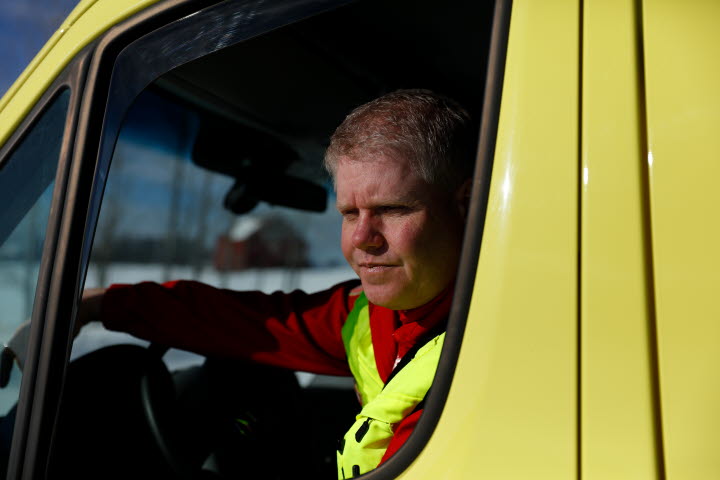For the rescue driver a short response time could be critical for saving lives and properties. Delays from slippery roads or reduced passability must be avoided, or reduced by any means. Onspot is a means for saving critical time – ultimately helping to save lives.
Driving to save
For the rescue driver a short response time could be critical for saving lives and properties. Delays from slippery roads or reduced passability must be avoided, or reduced by any means. Onspot is a means for saving critical time – ultimately helping to save lives.
Emergency on ice
Increased response time caused by slippery road conditions is a common problem for the emergency services in regions where climates are freezing and snowy. All over the world rescue drivers must rely on themselves and do whatever they can to get to the incident location as fast as possible.
What it takes from you
| Mounting | Onspot | Conventional Snow Chains | Auto Sock | Sand spreader | 4x4 |
|---|---|---|---|---|---|
| >15min | |||||
| <15min | |||||
| Automatic |
Did you know?
Plow trucks take to main roads first, making it more difficult for emergency personnel to reach those needing help on side streets and alleys.
During the blizzard of the 2010/2011 winter, New York City was unable to keep up with the clearing of a majority of their streets in the outer boroughs. More than half of the ambulances became stuck and required towing.
On signalized arterial routes, speed reductions can range from 30 to 40 percent with snowy or slushy pavement.
What rescue drivers say
Experienced drivers share their thoughts on using Onspot in harsh driving conditions.

